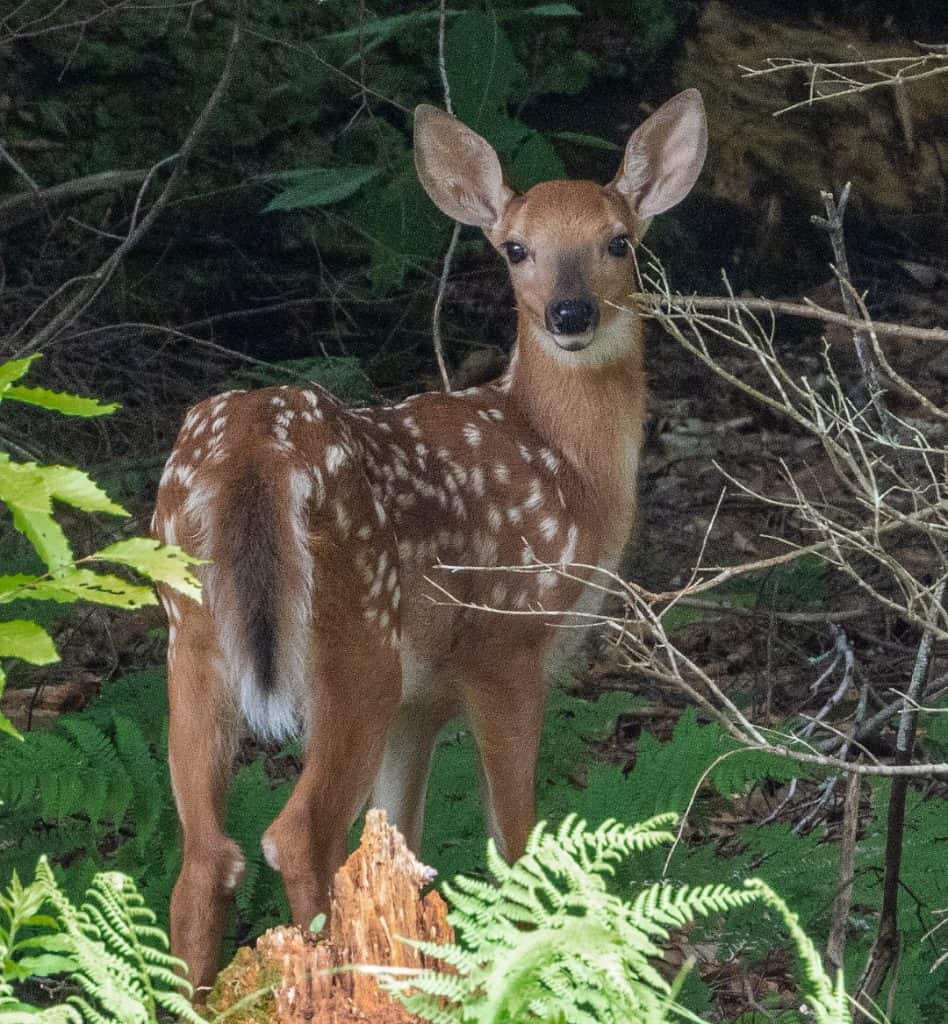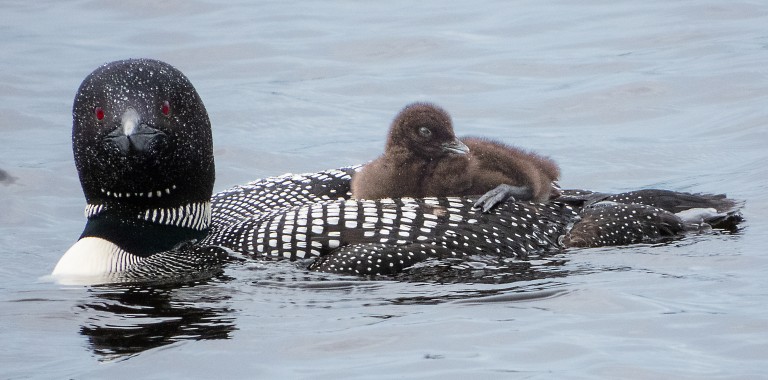
Adirondack Chronicles 2020.1: Finding Peace in Nature

I thought about suspending Adirondack Chronicles this year. Who wants to think about loons and chicks and fawns and hawks when the world is on fire? Shouldn’t I be contributing serious ideas and solutions to the problems that confront human society — wild things are pretty, but what do they have to do with the sorrows of coronavirus, the tragedies and outrages of racism and our ongoing national struggle with white supremacy and the legacy of civil war. I thought about this as I watched the loon ferrying her baby around the lake, and the other loon parent came and went with tiny fish to feed the chick. Later that evening I saw some fawns playing in the long grass under the watchful gaze of their mom.
And as I observed the beautiful wild things I realized, once again, as I usually do when I’m out in the woods, that nature can teach us smart people a whole lot about what’s really important, how to care for the young, how to live in the great diversity of God’s plan for creation. It’s also healthy to step back and enjoy the beauty and peace of nature. We’ve all had months of stress and worry — so, I’m happy to share some peaceful, joyful views of wild things as a small contribution to everyone’s effort to de-stress for a bit, get a glimpse of another world that is full of its own drama.
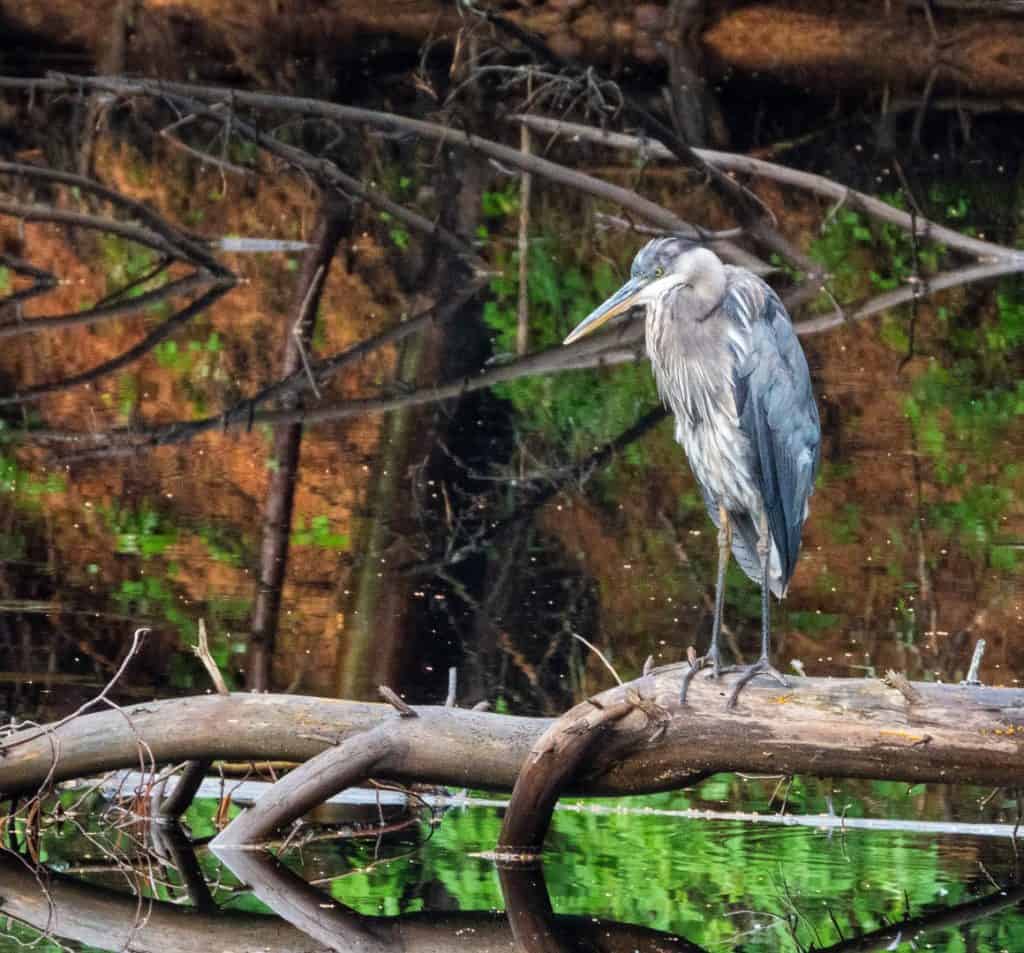
Mother nature confronted humanity this year in a way we could not have imagined just six months ago. Coronavirus, the smallest of microbes, has humbled us, exposed our vulnerabilties, revealed how truly fragile our human organism can be. The Covid-19 pandemic brought out the best in some people — heroic doctors and nurses and first responders, families caring for sick loved ones and so many people trying to be helpful. The pandemic also brought out the worst in human politics and governing organizations — the slow and disorganized response of the federal government, the refusal of certain public figures to show good example by wearing masks, the perverse use of an ethnic slur to name the virus instead of using the proper scientific name.
Nature is having its way with us, and we would do well to pay her heed. The powerful forces of nature are as sweeping as the great thunderstorms that sweep across these mountains and lakes, and as small as the microbes we cannot see but that are sickening and killing humans now in the millions.
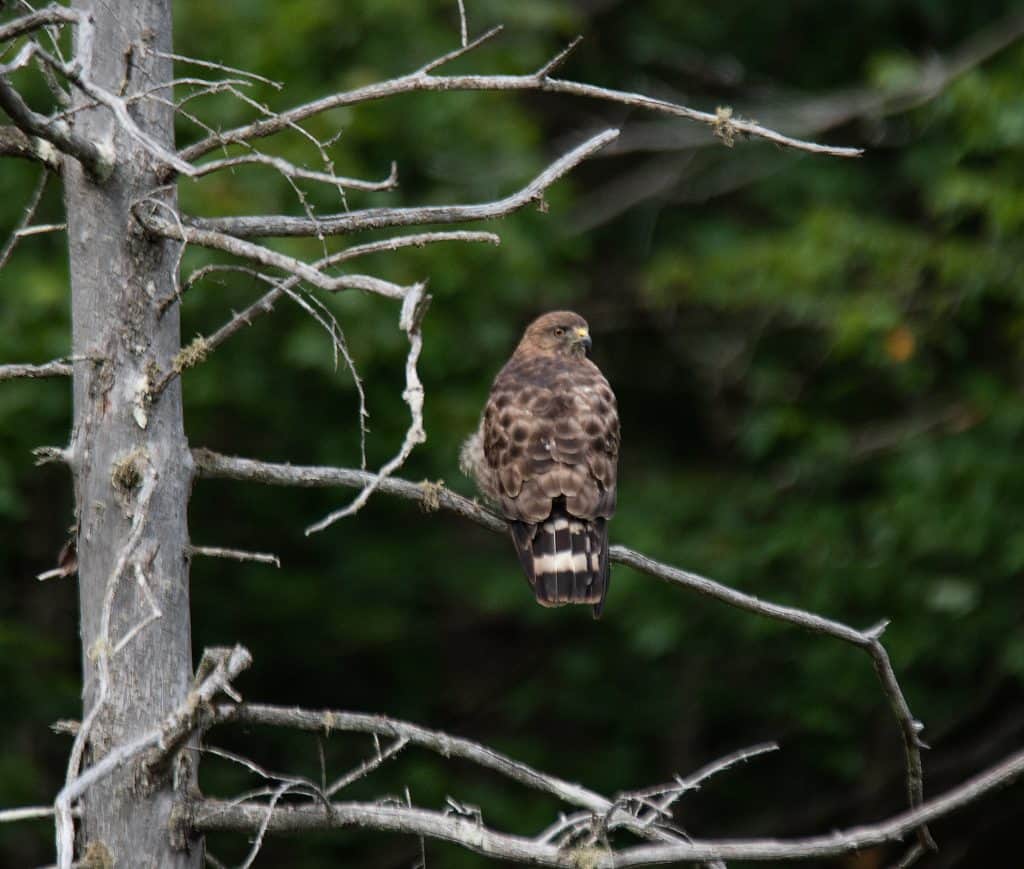
People sometimes ask me if I’m afraid to be alone in the forests and I say no, the wild things are peaceful and prefer to be left alone, and I leave them alone safely at the end of my verrrryyyy long lens. The hawk above took one look at me and flew off. I take a photo and move on. Yes, sometimes nature can be harsh and destructive, as we can see with this kingfisher with it prey — no matter the rain, the bird was hungry!
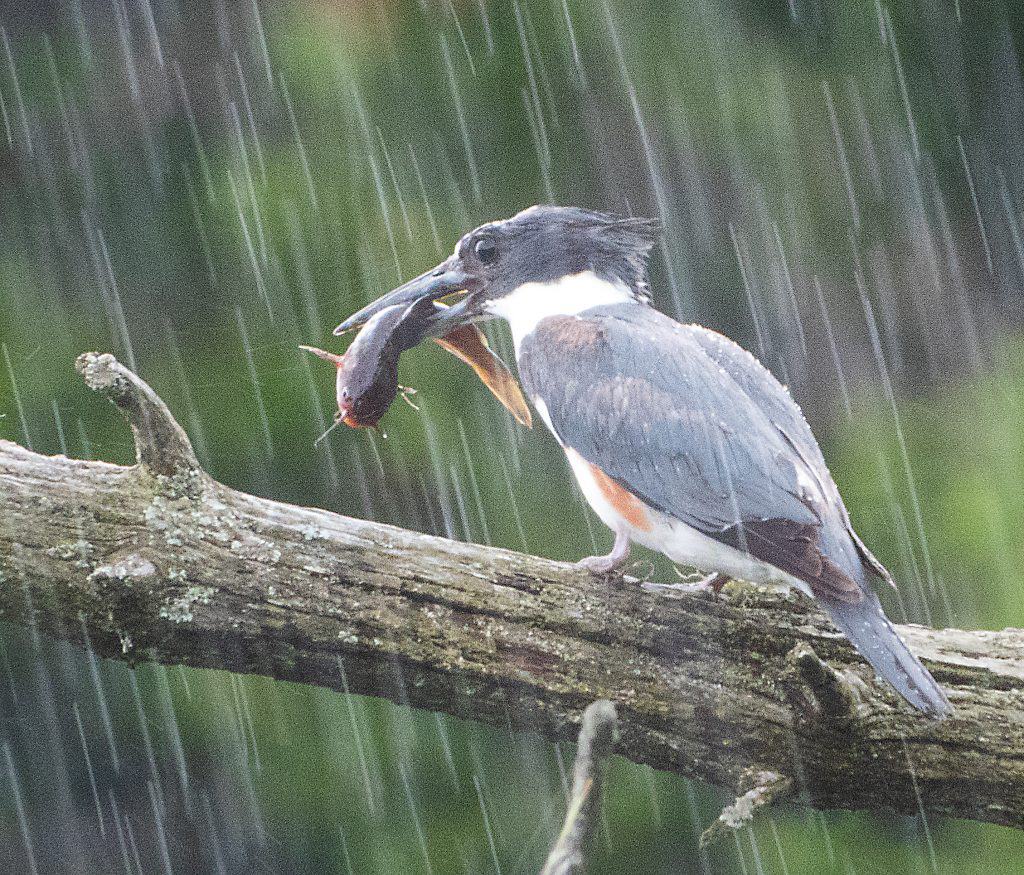
But nature’s design is to care for the essential needs of all creatures, and the cycles of life are intended to nourish each species in remarkably interdependent ways.
Would that humans could understand the fundamentally interdependent plan of nature! So much of human tragedy is a selfishness that rejects interdependence, that insists on the exertion of power and control over others rather than cooperation and respect for the common good. Racism is selfishness writ large, the pronouncement of domination by one group over another, a debasement of the most fundamental values and virtues of nature as diverse and interdependent.
Environmental degradation also has its roots in the same kind of selfishness and power madness that nurtures racism and the desire to subjugate others. As I ponder the beauty of nature in the Adirondacks, I find some restoration of my sense of hope — nature can and does win in the end, even if it takes centuries. More on this in my next essay.

